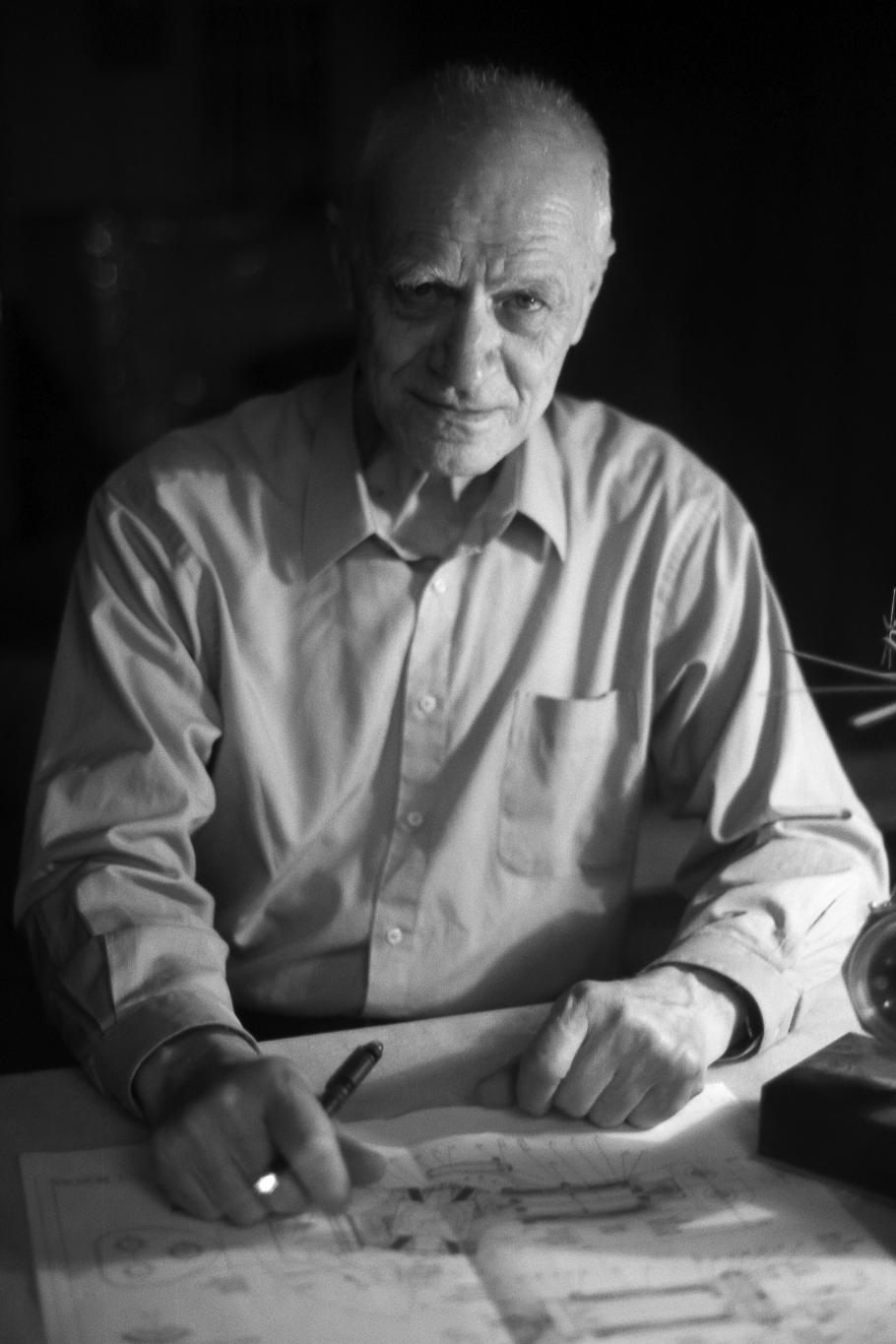Marat N. Tishchenko Helicopter Designer 1931–2015
Marat Tishchenko developed helicopters that have affected the course of international affairs around the globe for five decades.
Marat Tishchenko developed helicopters that have affected the course of international affairs around the globe for five decades. He oversaw development for the most prolific designs to emerge from the Soviet Union’s Mil design bureau, and succeeded Mikhail Mil as the bureau’s chief designer in 1970. His greatest achievement was in modifying helicopters to contain the destroyed Chernobyl nuclear reactor in 1986.
The helicopters Tishchenko developed became known for their capability, durability, mechanical simplicity, and ease of use, which made them ideal for poorer nations and in regions with limited infrastructure. The Mi-8 has become the standard utility helicopter for many African and Asian nations. Also used widely throughout the former Soviet Union and its client states, it has helped tie outlying populations to state authority. It can handle extreme environmental conditions ranging from the Arctic to Mt. Everest to the Sahara desert.
Tishchenko’s technical achievements leave a conflicted legacy. The Mi-24 gunship, a mainstay of late Cold War era and subsequent conflicts, was used extensively by the Soviets in Afghanistan, Warsaw Pact nations, and much of what was then known as the “developing world.” It was an extremely capable but affordable aerial weapons platform, and often figured prominently in conflicts in the West associated with repressive regimes.
On the other hand, the Mi-26 has a much more peaceful reputation. The undisputed champion of operational heavy-lift helicopters, it has supported infrastructure development and humanitarian operations. It helped contain the Chernobyl nuclear disaster, most notably by lifting a 15–metric ton (33,000-pound) concrete cap into place over the exposed reactor. Equipped with a lead-lined cockpit, it was the only helicopter capable of accomplishing that feat. Tishchenko also developed the V-12, which could carry more than three times as much as any Western helicopter.
Tischenko ended his career instructing Americans in helicopter engineering, and he served on the University of Maryland faculty until not long before his death on March 13, 2015.

